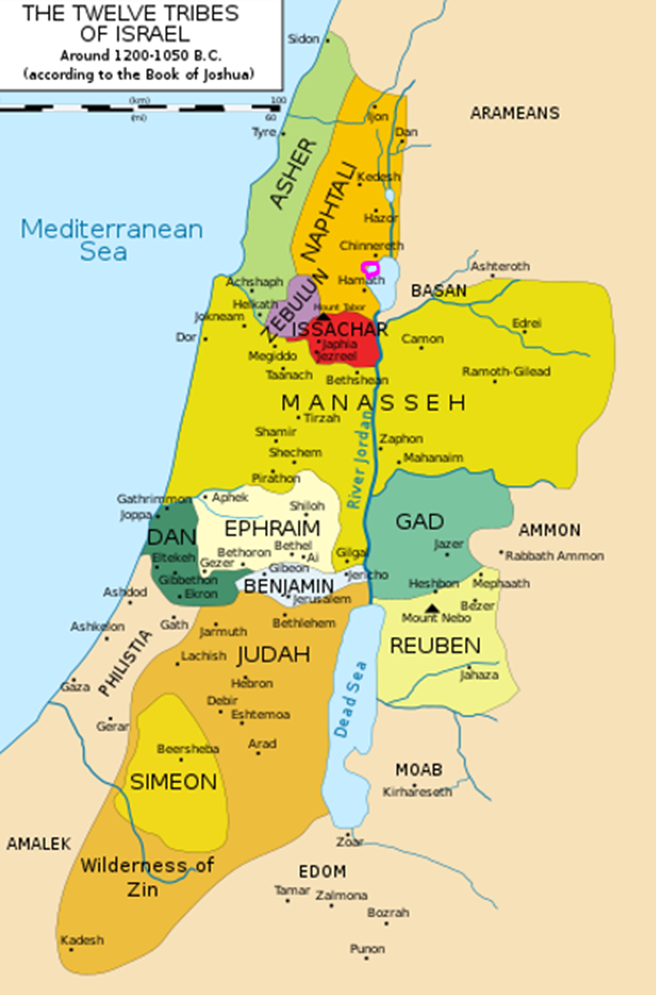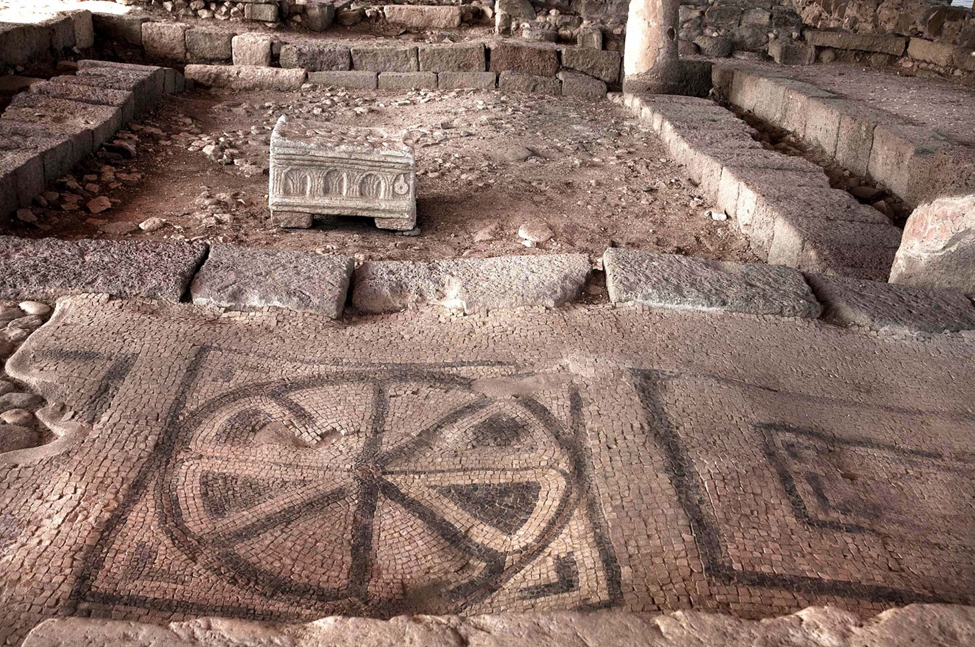Why Are Shabbat Candles Lit 18 Minutes Before Sunset? By Yehuda Shurpin Question: I understand that Shabbat begins at sunset on Friday, but I noticed that the candle-lighting time on the calendar is about 18 minutes before sunset. Why? Reply: Strictly speaking, Shabbat begins at sundown, and from that time on it is forbidden to perform certain activities (including lighting Shabbat candles). However, based on the language the Torah employs regarding Yom Kippur, the sages of the Talmud learned that there is actually a mitzvah to add a few minutes to the Shabbat, both before it starts and after it ends. This is called tosefet Shabbat, "adding time on to Shabbat." According to most, this is biblically mandated.1 Not only does bringing in Shabbat early ensure that we will not accidentally miss the start time and perform forbidden work on Shabbat, it also demonstrates our affection for the Shabbat. We go out to receive the Shabbat even before she arrives, and accompany her out when it comes time for her to leave. Different communities have different customs as to how much time to add on to Shabbat, ranging from about 15 to 40 minutes. The most prevalent custom is to light the Shabbat candles 18 minutes before sunset. Here's why: Roasted Fish In Talmudic times, it was the custom to blow six shofar blasts before the onset of Shabbat. After blowing the third blast, it was time to light the Shabbat candles. Afterward, they would wait "the time it takes to roast a small fish" (which could theoretically be one's last preparation before Shabbat) and then blow the final three blasts, indicating the onset of Shabbat and that all work was forbidden.2 So the time it takes to roast a fish is the same amount of time that candle-lighting should precede sunset. Well, how much time is that? In a different context, the sages establish that the time to roast a small fish is the same time it takes takes to walk a mil,3 a halachic measurement related to the Roman mille passuum, which is one thousand paces. Well, how much time does that take? Somewhere between 18 and 24 minutes. Since the smallest number given is 18 minutes, it became the custom to light the Shabbat candles 18 minutes before sunset.4 Start of Shabbat Others explain that the custom of lighting 18 minutes before sunset is in deference to the Sefer Yere'im (authored by Rabbi Eliezer of Metz, 12th century), which holds that Shabbat itself actually begins "the time it takes to walk ¾ of a mil" before sunset.5 As mentioned, opinions vary on the length of time it takes to walk a mil, but if it is a biblical injunction, then we go according to the largest figure, 24 minutes, so ¾ of a mil would then be 18 minutes. Although the halachah follows the opinion that Shabbat starts at sunset, out of respect for the opinion of the Sefer Yere'im we light the Shabbat candles 18 minutes prior.6 Accepting the Shabbat Early The custom is that when the women light the Shabbat candles early, they usher in the Shabbat for themselves, and desist from all forbidden work until after Shabbat. However, other household members who do not light candles themselves don't yet accept the Shabbat until a bit later, and are free to continue in "weekday mode" almost until Shabbat begins (at sunset) or until they accept Shabbat upon themselves earlier before sunset (e.g., through praying the Shabbat prayers anytime after Plag Haminchah). Those who already lit Shabbat candles may ask someone who did not yet accept Shabbat to do labor that they themselves may not do. It is important to note that even someone who does not accept Shabbat early by candle-lighting may not wait until the last moment, and must accept the Shabbat a bit before sunset.7 When we add to Shabbat, we are essentially taking time from the mundane workweek and transforming it into something that is holy. This reflects the entire purpose of creation—making the mundane world into a more spiritual and holy place. Footnotes 1. See Talmud, Yoma 81b; Shulchan Aruch, Orach Chaim 261:2; Shulchan Aruch ha-Rav, Orach Chaim 261:4 and 608:1. Leviticus 23:32 states: "You shall rest, and you shall afflict yourselves. On the ninth of the month in the evening, from evening to evening, you shall observe your rest day." The Talmud remarks that it is obligatory to add time from the mundane to the sacred at both the entrance and departure of the holiday, as implied by "and you shall afflict yourselves on the ninth of the month in the evening." Since the date of the fast is the tenth, the intent is obviously that one begin Yom Kippur observance on the afternoon of the ninth, which directly precedes the tenth. Since the verse states "you shall rest," we can extend this principle to Shabbat. Since the verse states "you shall observe your rest day," we extend this principle to festivals as well. From here we conclude that whenever a requirement of "rest" is mentioned, one must add from the weekday on to the sacred. 2. Talmud, Shabbat 35b. 3. See Maggid Mishneh, Hilchot Maachalot Asurot 6:10, citing the Ramban. 4. See Kuntres Neirot Shabbat Kodesh, vol. 2, p. 25, fn. 9. 5. See Sefer Yere'im 274. 6. Sefer Bein ha-Shemashot 6:2–4. Some of the other customs about when to light are also based on the opinion of the Sefer Yere'im, but they either follow a different opinion as to how long it takes to walk ¾ of a mil, or they add an additional few minutes for tosefet Shabbat on to the time that Shabbat would start according to the Yere'im (see Minhagei Yisrael Torah 261:1). 7. Although the amount of time to be added isn't specified, the addition must be from a period of time that is definitely still considered the weekday, so that you are "adding from the weekday to the Shabbat." Merely keeping Shabbat from the period of time known as bein ha-shemashot (twilight)—a period when it is unclear whether it is halachically night or day—does not suffice, since one is already obligated to keep the Shabbat at that time even without the tosefet Shabbat. See Shulchan Aruch ha-Rav, Orach Chaim 261:5. By Yehuda Shurpin | 














No comments:
Post a Comment